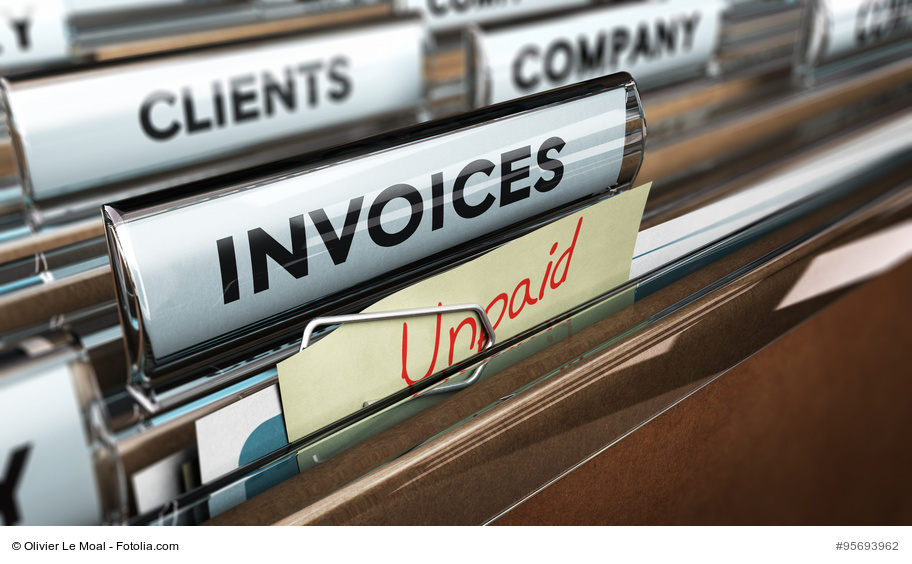XRechnung: Standard format for German authorities from 2020
As of 2020, all invoices with authorities will be issued as German CIUS X invoices
For 8 years now, more and more companies have been converting to electronic invoicing. This means that invoices can only be issued digitally. This can then be done by e-mail or download, for example. Of course, this means that the electronic transmission procedure must first be approved. One can directly benefit from the advantages of a digital office: Overall, electronic invoices save a great deal of time and money.
Current developments in electronic invoicing in Germany:
From November 2020, all public authorities in Germany must convert their electronic invoicing to the XRechnung format. The deadline is 27.11.2020. XRechnung means XML-based semantic invoice data model.
XRechnung affects all public institutions and authorities. It does not matter whether the contractor is from Germany or another EU country. All invoices to the authorities must be issued in XRechnung format. (Companies from the B2C or B2B sector are not affected).
Since EU Directive 2014/55/EU, public authorities in Europe are therefore obliged to be able to receive and process electronic invoices. In the course of this, a standard (EN 16931) has been developed which specifies which elements an e-invoice must always contain as standard. XRechnung is an XML file that fully complies with the XML schema specifications of the European standard EN 16931 and must therefore be used.
The intended XML schemas to be used are UBL and CII, i.e. Universal Business Language and UN/CEFACT Cross Industry Invoice. Only these two syntaxes are permitted and the Xinvoice must be transmitted in one of these two syntaxes and is only valid in this case.
This may present initial challenges, as SAP under Sales and Distribution, for example, cannot generate these. In the future, it may also become increasingly common for companies to want a visual representation of the XML data. This is because, in addition to the purely digital invoice, there may be a desire to have a PDF (visual image) of the invoice. The corresponding XML invoice data would then have to be validated and transformed into HTML or PDF format. For this purpose, the federal government also provides a corresponding “SDK” with XSL files as a public project of the authorities: https://github.com/itplr-kosit/xrechnung-visualization.
XRechnung vs. ZUGFeRD
The so-called ZUGFeRD format is already very often used for electronic invoicing. ZUGFeRD stands for Central User Guide of the Forum elektronische Rechnung Deutschland. ZUGFeRD 2.0 was released in March 2019 (version 1.0 has been available since 2014).
More info in our blog:
- https://www.webpdf.de/blog/en/the-zugferd-standard-e-invoicing-gaining-ground/
- https://www.webpdf.de/blog/en/zugferd-the-new-standard-for-electronic-invoices/
The Forum elektronische Rechnung Deutschland (FeRD) consists of associations, ministries and companies promoting electronic invoicing in Germany and has been in existence since 2010. More about the FeRD organisation here.
ZUGFeRD is regarded as an electronic invoice data format. The format is a hybrid data format, as it integrates invoice data in XML format in a PDF (more precisely PDF/A-3). This means that the data (such as amount, invoice number) can be read out without any problems. In addition, you can select whether a PDF file or an XML data record is to be used for further processing.
Although the data structure of ZUGFeRD 2.0 is also based on the EN 16931 standard, XRechnung is to become the central standard for public administration in Germany. Here, it is necessary to wait for the coming developments. The aim is to create a common, uniform and binding technical standard, which will be beneficial for all contractors and providers. Of course there are other e-invoicing standards besides XRechnung, but XRechnung is prescribed by law.
How to switch to XRechnung?
There are conversion solutions that can turn any invoice into an Xinvoice. This is usually done from an ERP system from Microsoft, SAP, Oracle or similar. The conversion solution is required if the ERP systems do not offer UBL or UN/CEFACT Cross Industry Invoice. The XInvoice then created is then sent as an e-mail or De-Mail with XML attachment, EGVP (Electronic Court and Administrative Mailbox)/VPS (Virtual Post Office of the Federal Government) or results from a completed online form.

